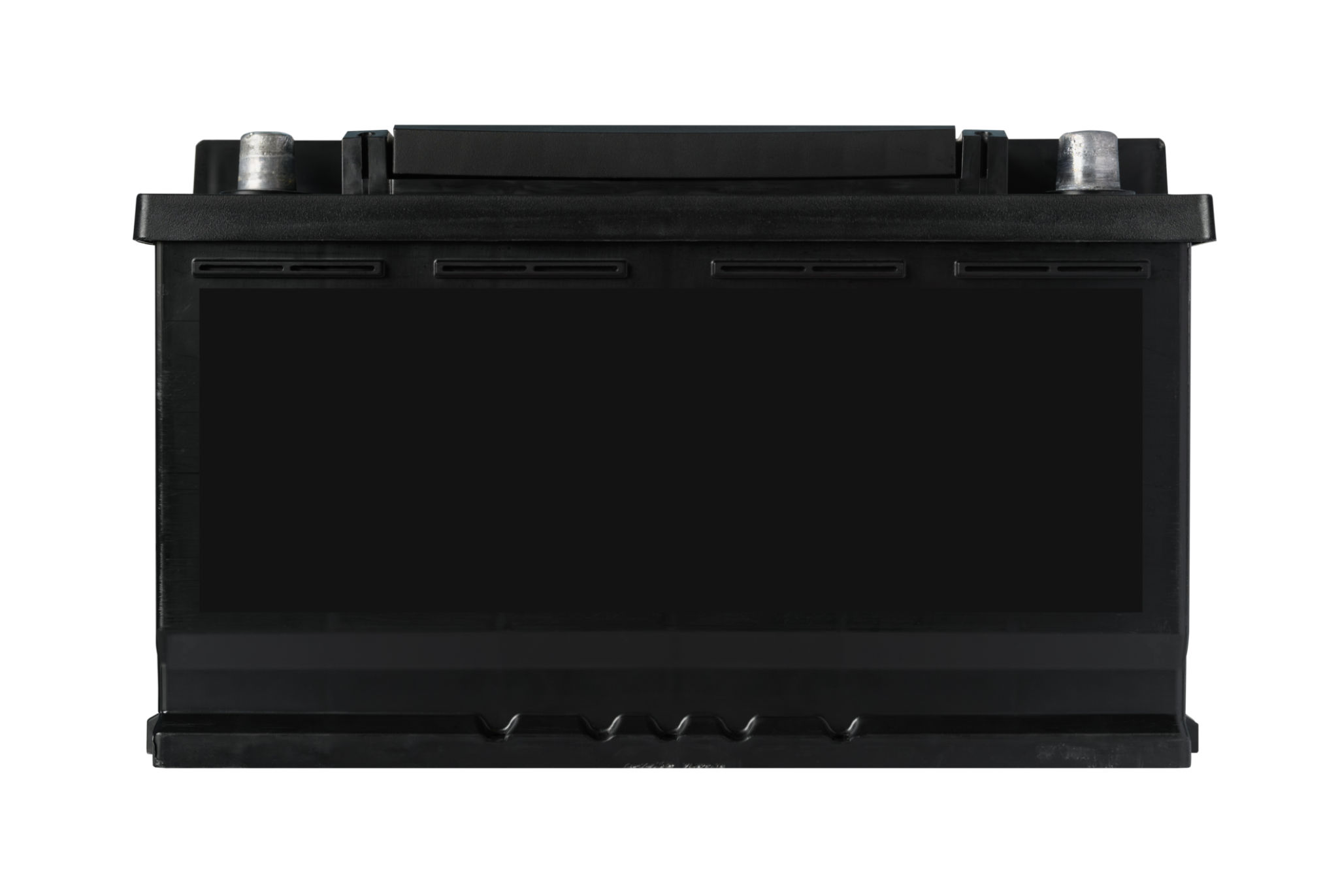DIY: How to Safely Jump Start Your Car Battery
Understanding the Basics
Jump-starting a car battery is a straightforward process, but it requires caution and precision to ensure safety. Whether you're dealing with a dead battery at home or stranded on the road, knowing how to revive your vehicle can save you both time and frustration.
Before you start, make sure you have a set of jumper cables and a second vehicle with a fully charged battery. Additionally, familiarize yourself with your car's battery terminals and the necessary safety precautions to avoid any mishaps.

Safety Precautions
Jump-starting a car can be dangerous if not done correctly. Always wear safety goggles and gloves to protect yourself from potential acid spills or sparks. Make sure both vehicles are turned off and parked with their parking brakes engaged. Avoid smoking or using open flames near the battery.
Double-check that all electrical components in both vehicles, such as headlights and radios, are turned off. This prevents any power surges that could damage your vehicle's electrical system.
Step-by-Step Guide
Follow these steps carefully to jump-start your car:
- Position the booster vehicle so that the jumper cables can easily reach both batteries.
- Attach one end of the red (positive) cable to the positive terminal of the dead battery.
- Connect the other end of the red cable to the positive terminal of the booster battery.
- Attach one end of the black (negative) cable to the negative terminal of the booster battery.
- Connect the other end of the black cable to an unpainted metal surface on the engine block of the dead car. This serves as a ground connection.

Starting the Engine
With the cables securely connected, start the engine of the booster vehicle and let it run for a few minutes. This allows the dead battery to charge slightly. Once done, attempt to start the engine of the dead car. If it doesn’t start immediately, wait a few more minutes and try again.
If your car still doesn’t start, check all connections for proper contact. In some cases, a severely discharged battery may require more time or even professional assistance.
Final Steps and Considerations
Once your car is running, carefully remove the cables in reverse order: start with the black cable from your car, then from the booster car, and finally do the same with the red cables. Be cautious not to let the cable clamps touch each other or any metal surfaces during removal.
After jump-starting your vehicle, drive it around for at least 15-20 minutes to allow the alternator to recharge the battery fully. If your battery continues to die, it might be time for a replacement or further inspection by a professional.

Preventive Measures
To avoid future battery issues, consider regular maintenance checks and keep your battery terminals clean and free from corrosion. Investing in a portable jump starter can also be a lifesaver in emergencies, providing a reliable backup when another vehicle isn’t available.
By understanding how to safely jump-start your car battery, you can confidently handle unexpected situations and ensure you're never left stranded due to a dead battery.